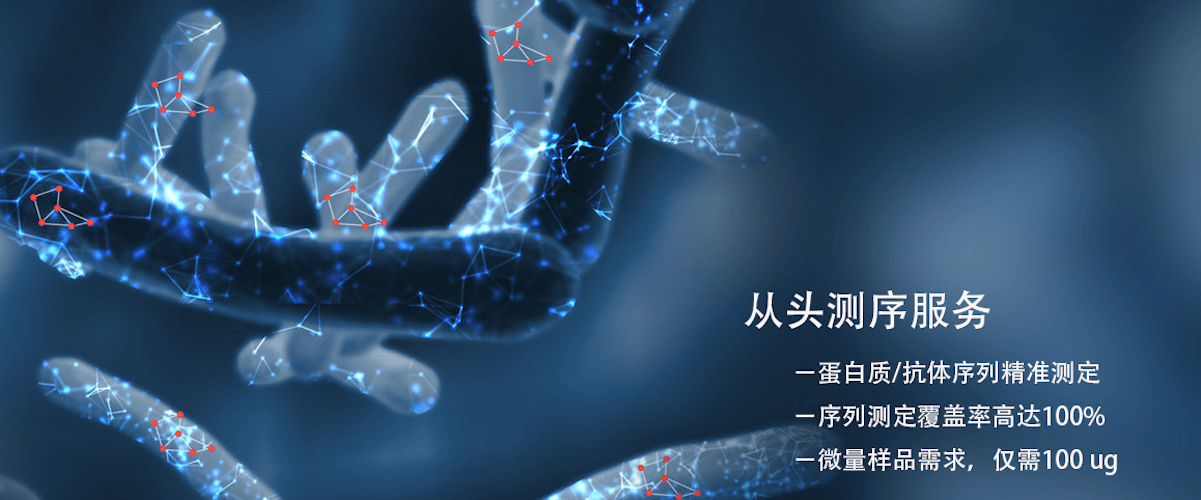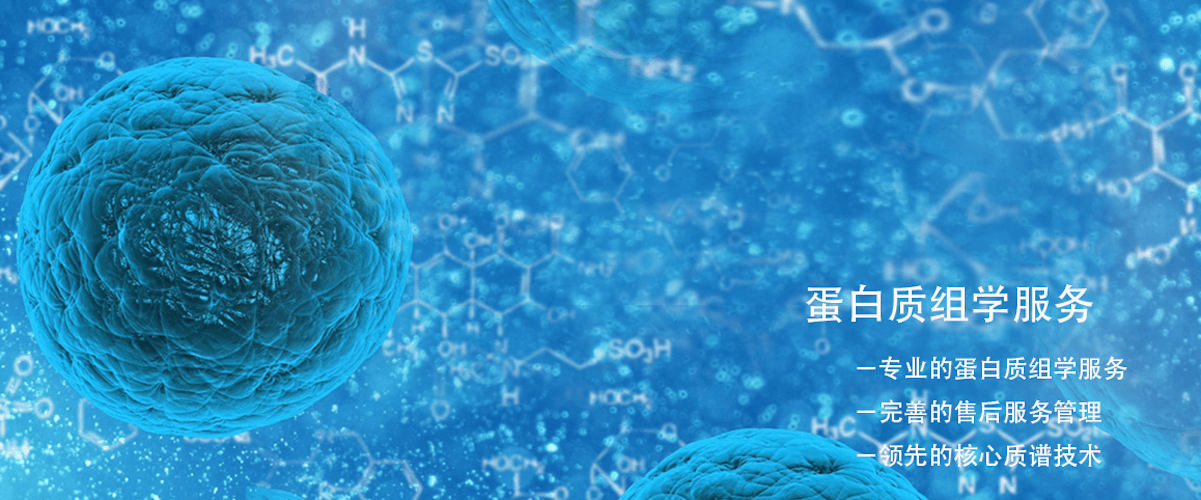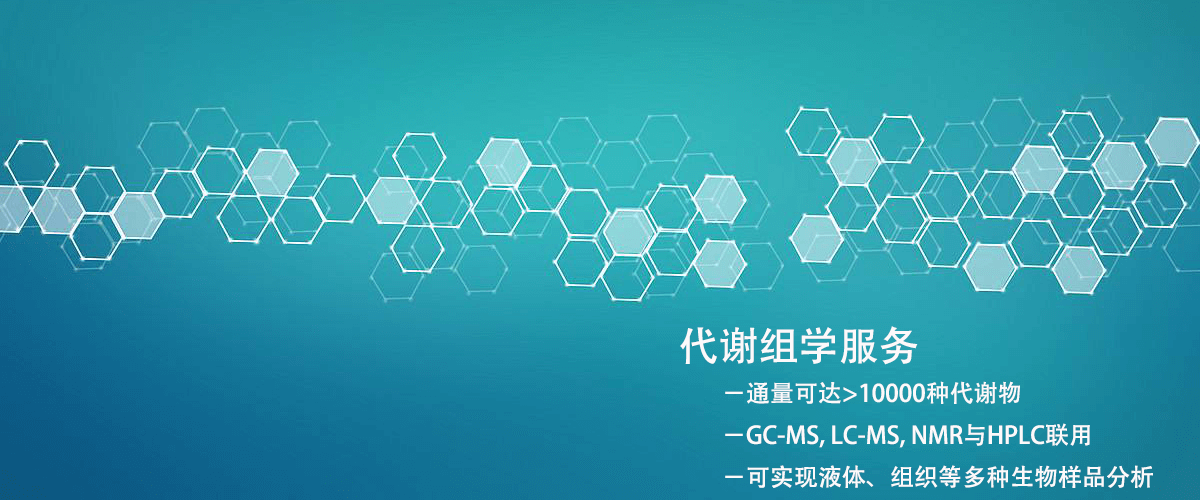DAG (Diacylglycerol)
Diacylglycerol (DAG), also known as diglyceride, is a glyceride consisting of two fatty acid chains covalently bonded to a glycerol molecule through ester linkages. It mainly exists in two forms: 1,2-diacylglycerol and 1,3-diacylglycerol. DAG can be generated from phosphatidic acid in the endoplasmic reticulum via the action of phosphatidic acid phosphatase, or by the breakdown of triacylglycerol (TAG) by lipases. DAG is an important precursor in the biosynthesis of triglycerides or phosphatidylcholine (lecithin) and phosphatidylethanolamine, which are crucial for energy storage and cell membrane structure, respectively.

1,2-Diacylglycerol (top) and 1,3-diacylglycerol (bottom)
Diacylglycerol (DAG) has been demonstrated as a second messenger that activates various signaling cascades over extended periods. The stereochemistry of DAG isomers determines their diverse roles in metabolic pathways. Diacylglycerol kinases (DGKs) play a significant role in numerous cellular signaling events by phosphorylating DAG, thereby terminating DAG signal transduction and ensuring its stable and controlled availability. One of DAG's target actions is protein kinase C, where it has been shown to enhance its activity, leading to further activation of downstream targets via serine and threonine phosphorylation. Additionally, DAG has been proven to play an essential role in membrane modulation, inducing membrane fusion through partial dehydration of the bilayer surface and increasing monolayer curvature.
Diacylglycerol (DAG) has been found in various biological processes. Intracellular ectopic accumulation of DAG is positively correlated with disruptions in insulin signal transduction. Several studies on transgenic obese animals have shown that insulin resistance is associated with elevated levels of DAG in the liver and muscle. DAG has also been linked to cancer, nervous system signaling, and immune system regulation. Due to the diverse roles of DAGs, in-depth research into DAG is increasingly important.
The LC-MS platform can detect various DAGs within the diacylglycerol family, and its results are extensively used in studying relative changes in DAG concentrations, mechanism research, and biomarker discovery. Biotec Pack offers reliable, rapid, and cost-effective DAG analysis services based on a highly stable, repeatable, and sensitive system for separation, characterization, identification, and quantification, using LC-MS. Feel free to contact us!
Biotec Pack provides analysis of the following metabolites
1. Dilinoleoyl-glycerol
2. Palmitoyl-linoleoyl-glycerol
3. Dipalmitoyl-glycerol
4. Palmitoyl-oleoyl-glycerol
5. Stearoyl-linoleoyl-glycerol
6. Dioleoyl-glycerol
7. Stearoyl-oleoyl-glycerol
Related Services
Targeted Lipidomics
Untargeted Lipidomics
Lipid Metabolomics Research
Targeted Metabolomics
Triglycerides
Glycerophospholipid Analysis Services
How to order?





